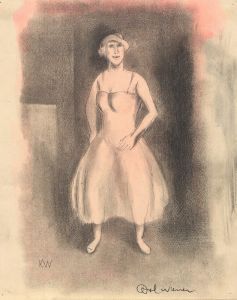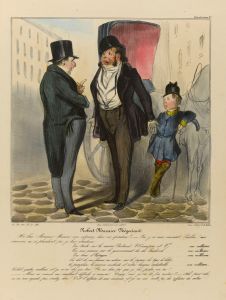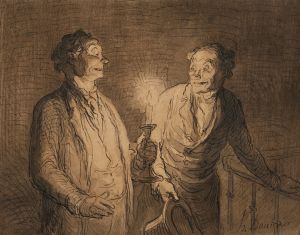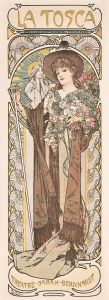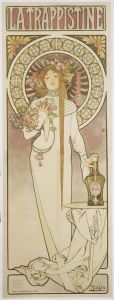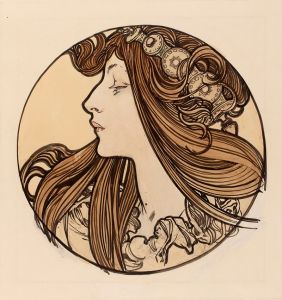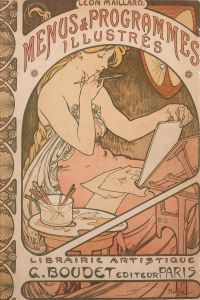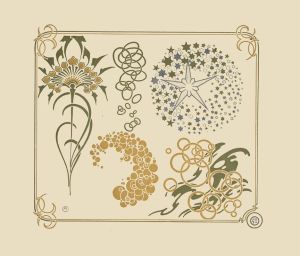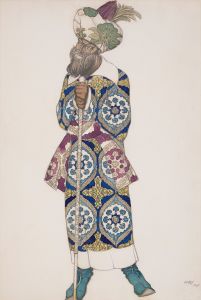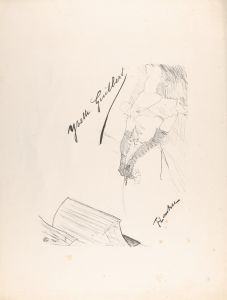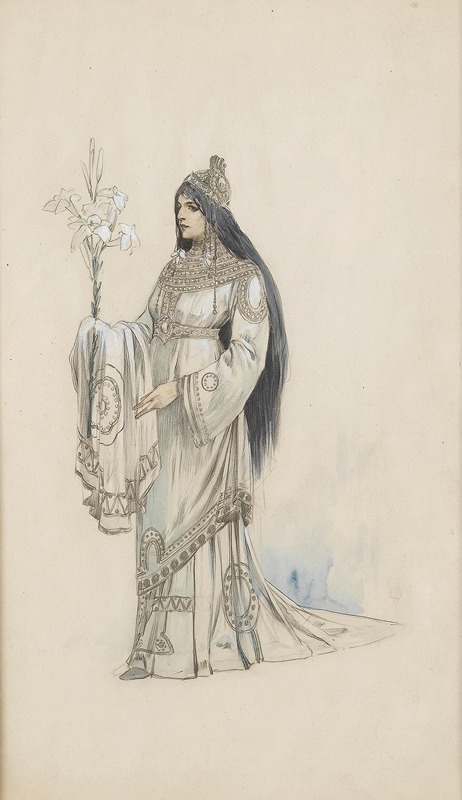
A costume design for the Théâtre de la Renaissance, Paris
A hand-painted replica of Alphonse Mucha’s masterpiece A costume design for the Théâtre de la Renaissance, Paris, meticulously crafted by professional artists to capture the true essence of the original. Each piece is created with museum-quality canvas and rare mineral pigments, carefully painted by experienced artists with delicate brushstrokes and rich, layered colors to perfectly recreate the texture of the original artwork. Unlike machine-printed reproductions, this hand-painted version brings the painting to life, infused with the artist’s emotions and skill in every stroke. Whether for personal collection or home decoration, it instantly elevates the artistic atmosphere of any space.
Alphonse Mucha, a Czech painter and decorative artist, is renowned for his distinctive style that became synonymous with the Art Nouveau movement. One of his notable works is "A Costume Design for the Théâtre de la Renaissance, Paris." This piece exemplifies Mucha's contribution to theatrical design during the late 19th and early 20th centuries, a period when he was actively involved in the Parisian art scene.
Mucha moved to Paris in 1887, where he initially struggled to find work but eventually gained recognition for his unique artistic style. His breakthrough came in 1894 when he designed a poster for the famous actress Sarah Bernhardt's play "Gismonda." This success led to a six-year contract with Bernhardt, during which Mucha created numerous posters, stage sets, and costumes for her productions. His work with Bernhardt significantly boosted his reputation and established him as a leading figure in the Art Nouveau movement.
The Théâtre de la Renaissance, founded in 1873, was one of the prominent theaters in Paris, known for its innovative productions and collaborations with leading artists of the time. Mucha's involvement with the Théâtre de la Renaissance highlights his versatility and ability to adapt his artistic vision to different mediums, including costume design. His designs were characterized by intricate details, flowing lines, and a harmonious blend of colors, which were hallmarks of the Art Nouveau style.
In Mucha's costume designs, one can observe his fascination with natural forms and his ability to incorporate elements such as flowers, leaves, and flowing drapery into his work. These elements not only enhanced the visual appeal of the costumes but also contributed to the overall aesthetic of the theatrical productions. Mucha's designs were not merely functional; they were works of art that complemented the themes and characters of the plays.
Mucha's influence extended beyond the theater. His work in graphic design, illustration, and decorative arts made him a central figure in the Art Nouveau movement, which sought to break away from traditional artistic conventions and embrace a more organic and modern approach. His designs for the Théâtre de la Renaissance are a testament to his ability to blend artistic creativity with practical application, creating costumes that were both visually stunning and suitable for the stage.
Throughout his career, Mucha remained committed to his artistic ideals, often emphasizing the importance of beauty and harmony in his work. His contributions to costume design, particularly for the Théâtre de la Renaissance, reflect his dedication to these principles and his desire to elevate the art of theater through his unique vision.
In summary, Alphonse Mucha's costume design for the Théâtre de la Renaissance in Paris is a significant example of his work in the theatrical arts. His designs are celebrated for their intricate detail, artistic innovation, and contribution to the Art Nouveau movement. Mucha's legacy as a designer and artist continues to be appreciated for its beauty and influence on both theater and the broader art world.






